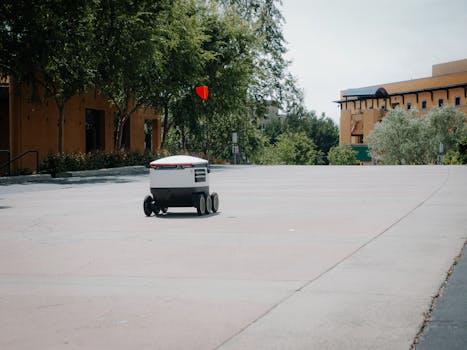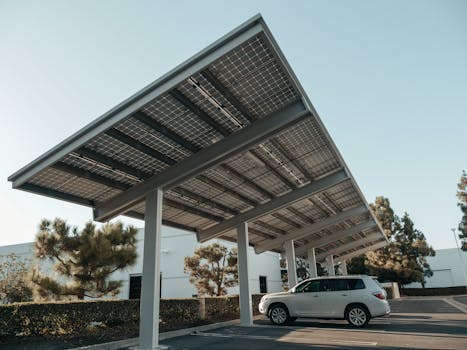
Smart Cities: Urban Trends for 2025
Smart Cities: Urban Trends for 2025 are revolutionizing the way we live, work, and interact with our environment. As the world becomes increasingly urbanized, cities are embracing innovative technologies and sustainable practices to create a better quality of life for their citizens. In this article, we will explore the latest urban trends shaping the future of smart cities in 2025.
Introduction to Smart Cities

A smart city is an urban area that uses information and communication technology (ICT) to enhance the quality of life for its citizens. This is achieved through the integration of various systems, such as energy, transportation, and healthcare, to create a more efficient and sustainable environment. Smart cities are designed to be responsive to the needs of their citizens, providing them with a high level of service and convenience.
Urban Trends for 2025

So, what are the urban trends that will shape the future of smart cities in 2025? Here are some of the most significant trends to watch:
- Sustainable Infrastructure: Cities are investing in sustainable infrastructure, such as green buildings, renewable energy sources, and green spaces, to reduce their carbon footprint and create a healthier environment.
- Smart Transportation Systems: Smart cities are implementing intelligent transportation systems, such as autonomous vehicles, smart traffic management, and hyperloop systems, to reduce congestion and improve air quality.
- Internet of Things (IoT): The IoT is playing a crucial role in the development of smart cities, with sensors and devices being used to collect data and manage various urban systems, such as energy, water, and waste management.
- Artificial Intelligence (AI): AI is being used in smart cities to analyze data, predict patterns, and make decisions, leading to improved efficiency and effectiveness in various urban systems.
- Citizen Engagement: Smart cities are using digital platforms to engage with citizens, providing them with access to information, services, and participation in decision-making processes.
Benefits of Smart Cities

The benefits of smart cities are numerous and significant. Some of the most notable benefits include:
- Improved Quality of Life: Smart cities provide citizens with a higher quality of life, through improved healthcare, education, and entertainment services.
- Increased Efficiency: Smart cities are more efficient, with reduced energy consumption, improved transportation systems, and optimized waste management.
- Enhanced Sustainability: Smart cities are more sustainable, with reduced carbon emissions, improved air quality, and preserved natural resources.
- Economic Growth: Smart cities attract businesses, talent, and investment, leading to economic growth and competitiveness.
Challenges and Opportunities

While smart cities offer numerous benefits, they also pose challenges and opportunities. Some of the most significant challenges include:
- Data Security: Smart cities generate vast amounts of data, which must be protected from cyber threats and data breaches.
- Privacy Concerns: Smart cities must balance the need for data collection with individual privacy concerns, ensuring that citizens’ personal data is protected.
- Infrastructure Investment: Smart cities require significant investment in infrastructure, including sensors, devices, and networks, which can be costly and challenging to implement.
- Citizen Engagement: Smart cities must engage with citizens, providing them with access to information, services, and participation in decision-making processes, to ensure that their needs are met.
Conclusion

In conclusion, smart cities are revolutionizing the way we live, work, and interact with our environment. The urban trends shaping the future of smart cities in 2025 are focused on sustainability, innovation, and citizen engagement. While challenges and opportunities exist, the benefits of smart cities are numerous and significant, providing citizens with a higher quality of life, increased efficiency, and enhanced sustainability.





